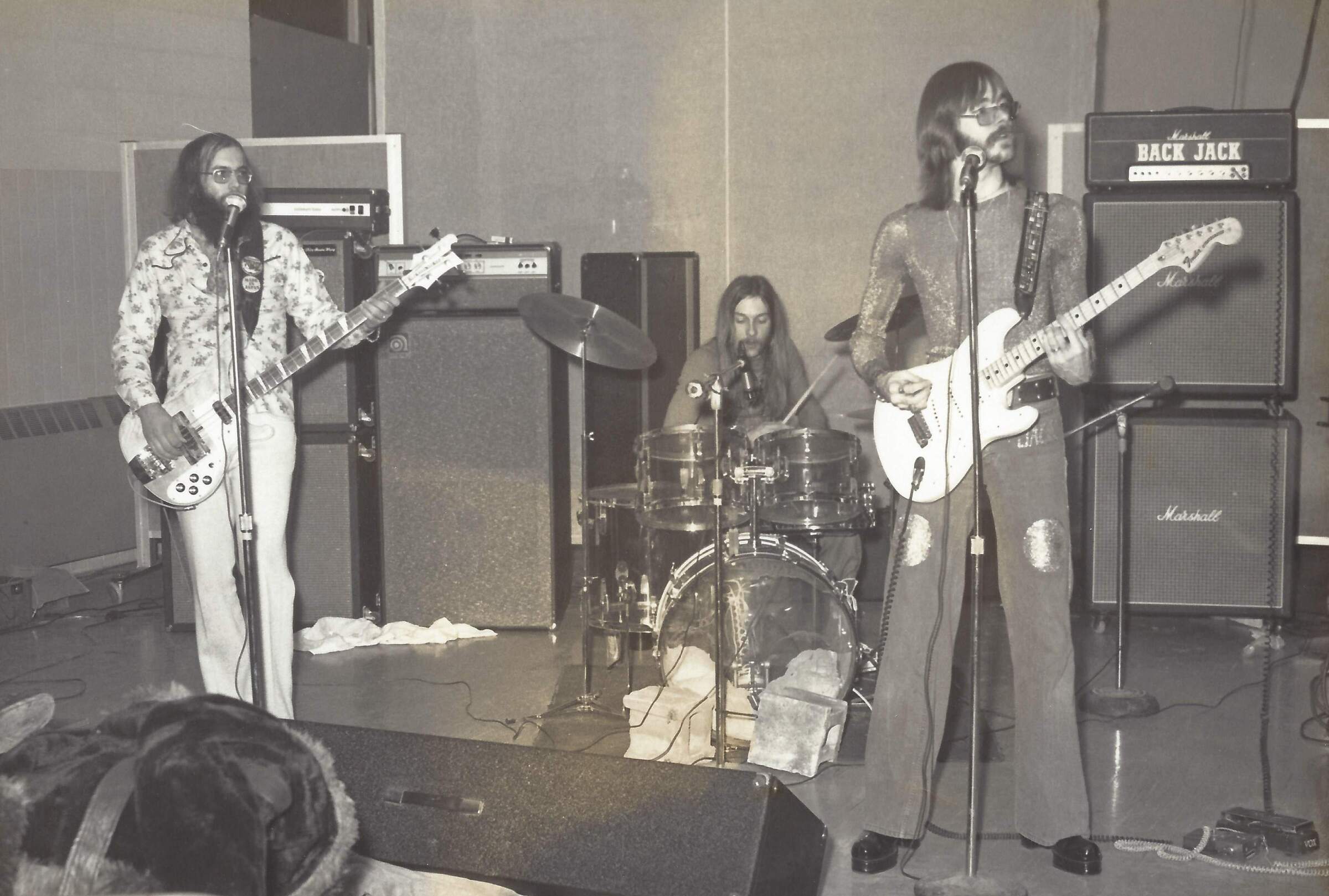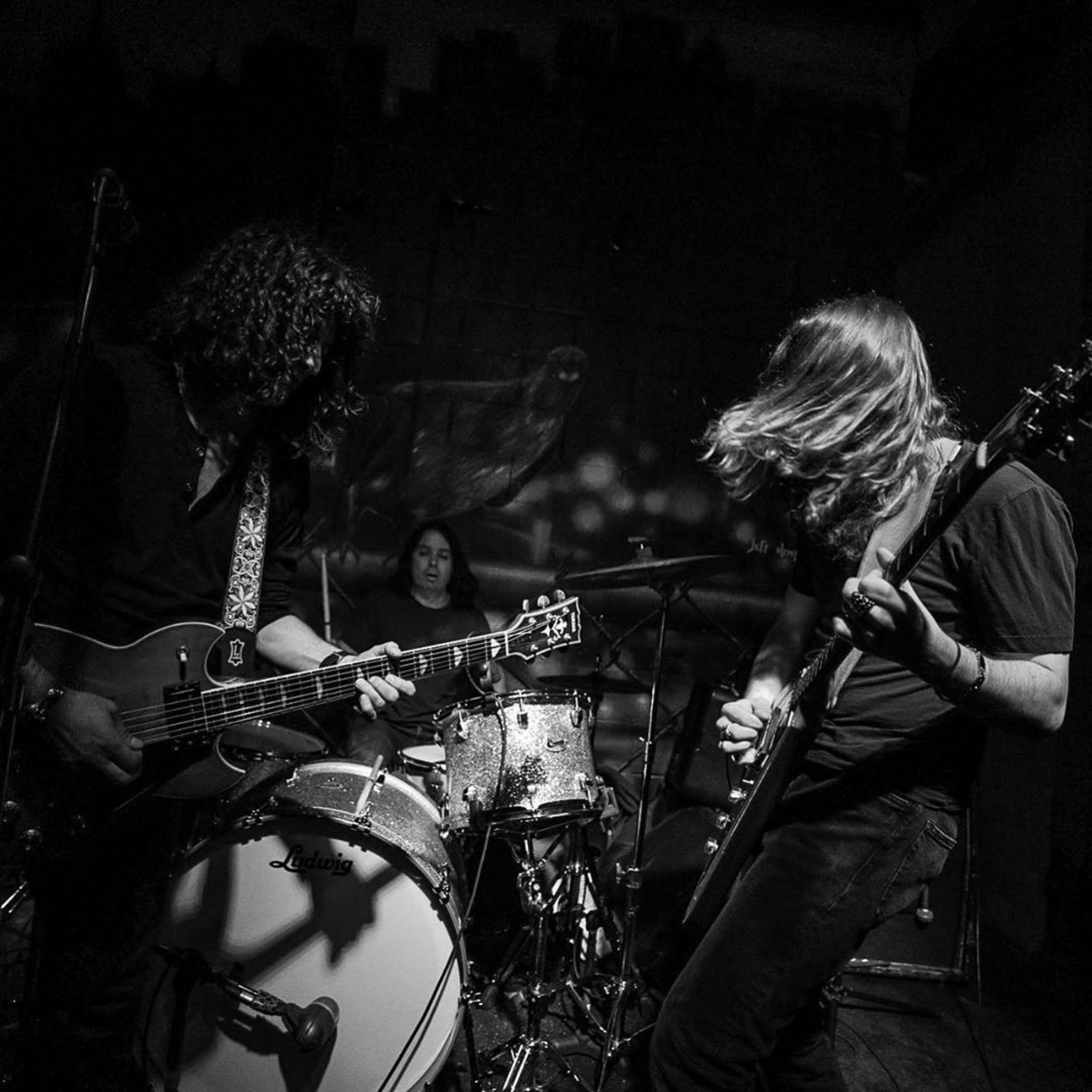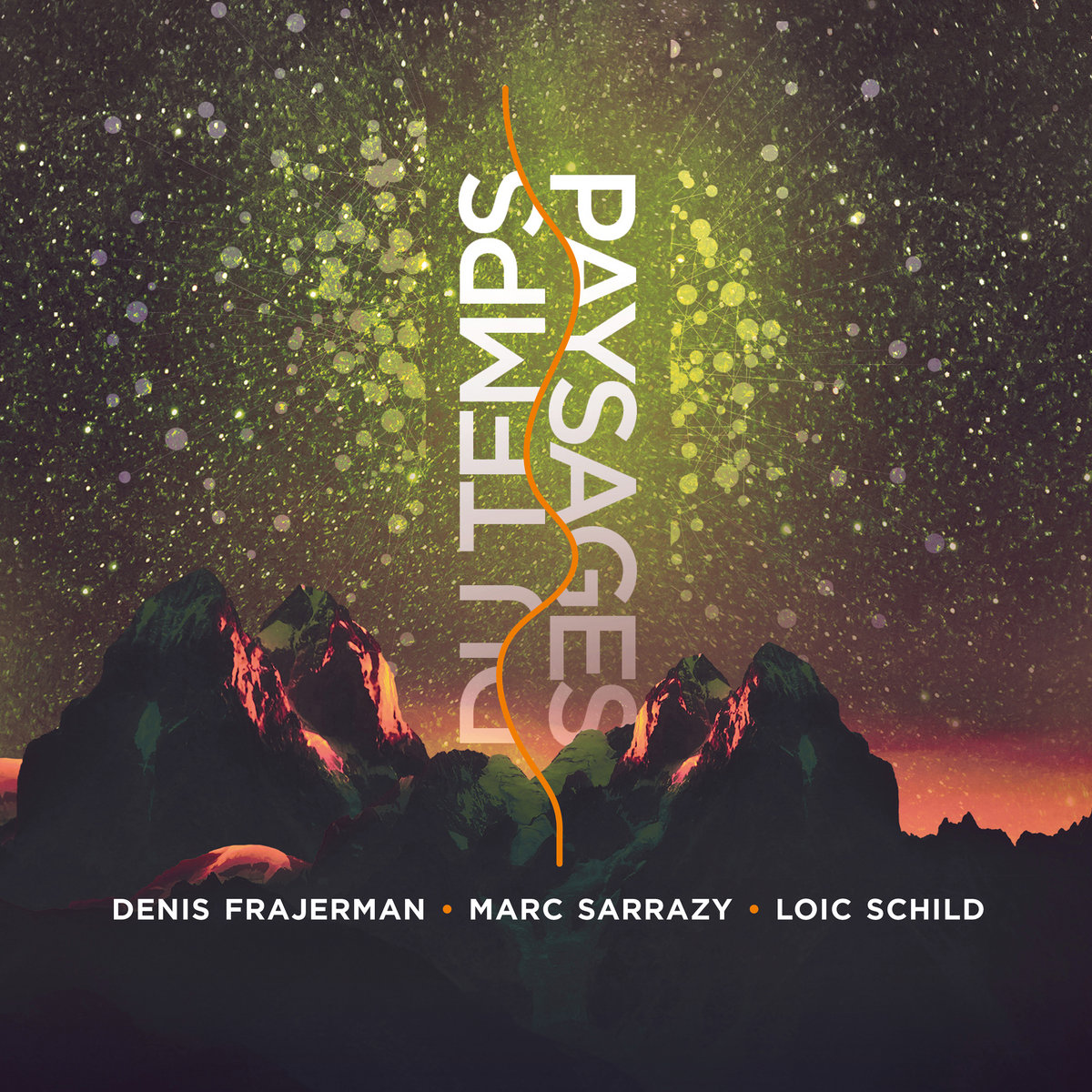Back Jack | Interview | The Lost Legends of Missouri’s Rock Underground
Back Jack, a 1970s Missouri-based rock band, epitomized the raw, unfiltered energy of that era’s underground music scene.
Formed in the early ’70s, the band evolved from previous incarnations like Osage Lute, blending bluesy grooves with heavy, psychedelic jams. With members such as Kim McKinney, Mike Collier, Hans Myers and Jeff Ballew, Back Jack established a hard-hitting sound that pulled from influences like Cream, Jimi Hendrix, Trapeze and Grand Funk Railroad, yet maintained a unique grit that was all their own. Their live performances were a heady mix of improvisation and raucous rock energy, with tracks like ‘Gearhead’ and ‘Assault and Battery’ standing out as defining moments in their setlists.
In 1974 and 1975, Back Jack laid down tracks that, decades later, would finally surface thanks to RidingEasy Records, capturing the raw energy of a band at its creative apex. These recordings, with standouts like ‘She’s Been Down So Long’ and ‘California,’ reveal their knack for blending bluesy grit with progressive rock elements, underpinned by tight, powerful rhythms and soulful, unpolished vocals. While they never cracked into the mainstream, their standout performance at the KSHE Kite Fly Contest—where they played alongside heavyweights like Charlie Daniels and Rush—solidified their status as underground legends in the local rock scene.
Though the group disbanded shortly after, Back Jack’s recordings remain a time capsule of the region’s vibrant rock scene, preserved through reel-to-reel and cassette tapes tracked down over the last 15 years. Today, they are celebrated as a hidden gem of the Midwest, reflecting the rawness and rebellious spirit of rock in the 1970s.
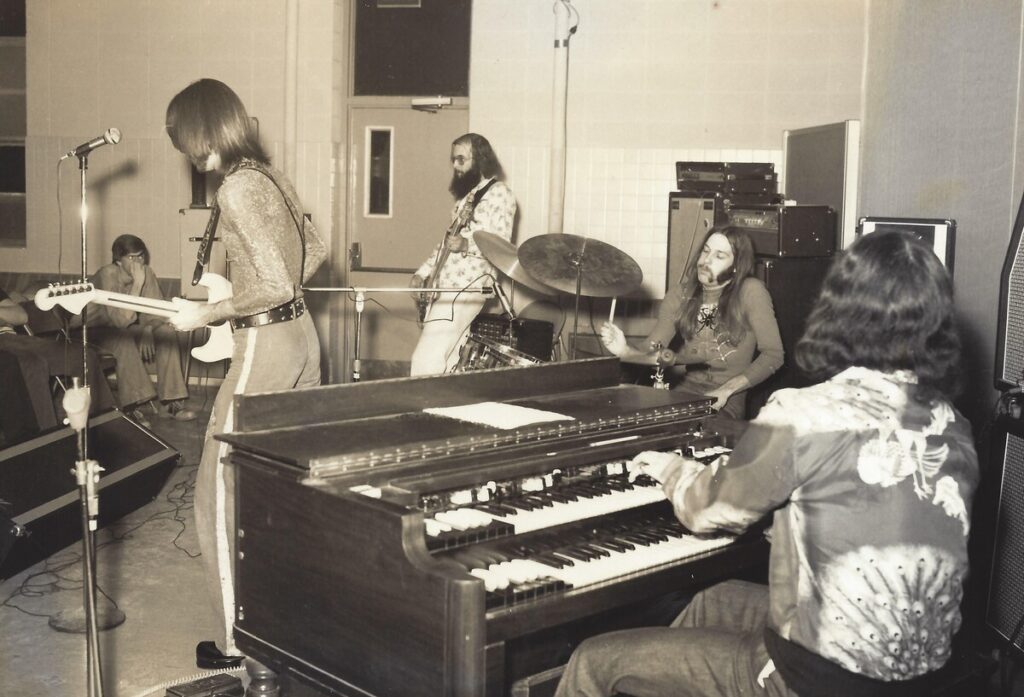
“The most vivid memory happened the day of our biggest and most important gig: opening the show at the April 13, 1975, KSHE Kite Fly Contest in Forest Park… I was late. I remember running across the field toward the stage, and I heard my band start playing!”
It must be incredibly exciting to have a record out after all these years. How does it feel to see your music getting this kind of recognition now?
Mike Lusher: It is very exciting and still feels a little unreal. Since becoming clean and sober over 35 years ago, I’ve been filling in the blanks in my story and scraping together all of the memorabilia I can find. Much of it has been recordings of music my friends and I made back in the day: reel-to-reel and cassette tapes, demo 45s, photos, flyers, newspaper clippings, etc.—anything that could help me put together a personal history and, consequently, shed light on my cohorts’ personal history as well. I have been digitizing and creating music CDs from the tapes and records for about 20 years, handing them out like candy to family, friends, and anyone who would take one. I think I may have saturated the potential market in the St. Louis region with my homemade music CDs. But having Daniel Hall at RidingEasy Records remaster the digital files as best they could and partnering with Lance Barresi at Permanent Records to spread the love is far out!

Back Jack’s story starts in 1971, but tell us, what was the vibe like back then? I mean, how did you guys come together, and where was the spark that lit the fire?
To be technically correct, the band members began working together in 1971 under the name Trellis. The best we can determine is that they changed their name to Back Jack in late 1973 or early 1974 when they saw the bumper sticker that Kim McKinney’s dad, Jack McKinney, distributed during his 1974 election bid for Mayor of Pacific, Missouri, home of the core three-piece band: Kim McKinney, Mike Collier, and Hans Myers (RIP).
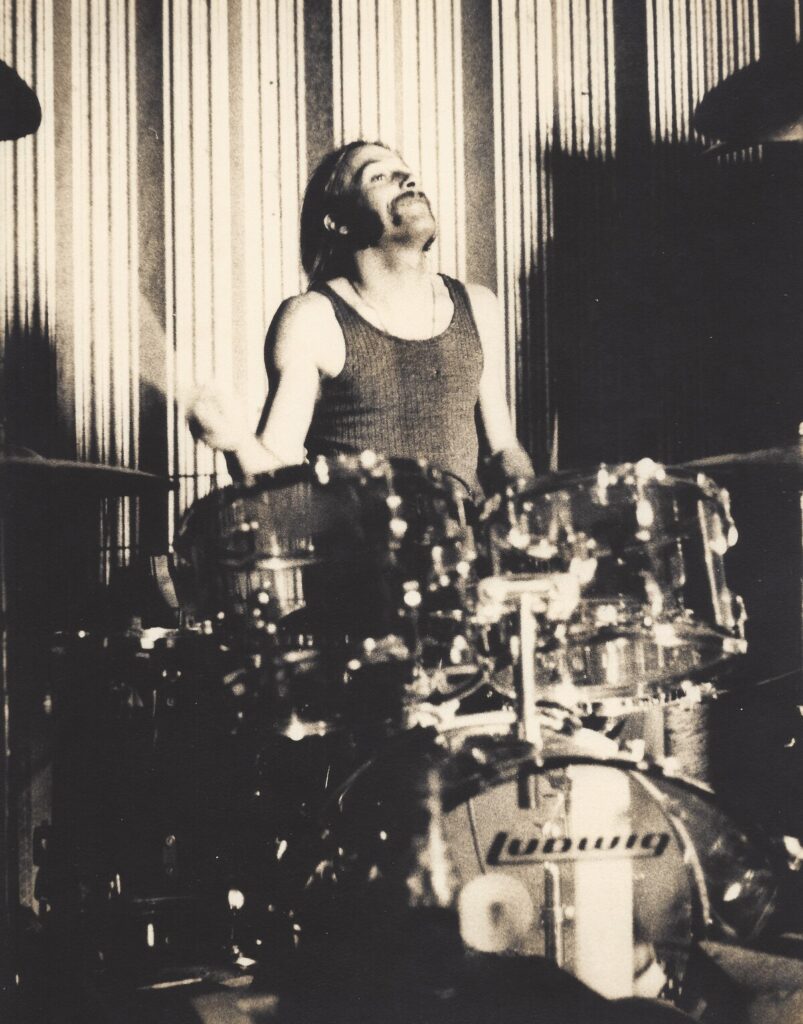
I can’t really speak to how Kim, Mike, and Hans (along with others from the Pacific area who played with them from time to time) came together because Jeff Ballew and I didn’t join Back Jack until very late 1974. Jeff and I were playing in another local band at the time called Osage Lute. I don’t really remember the transition, truth be told. That should tell you what the vibe was like at that time for me, anyway… you know, “Sex, drugs, and rock ‘n’ roll!” However, it quickly became apparent that the foursome we became was special. Collier’s lead vocals were just killer, period. And Ballew’s solos were cutting yet melodic and tasty. And, of course, Kim and I formed the rock-solid foundation. I feel safe in saying that at 21 years old, I was at the top of my game when it came to drumming. I had been playing in bands pretty steadily for about 6 years when I joined Back Jack. However, I had lots of work to do to behave more professionally. Too much partying.
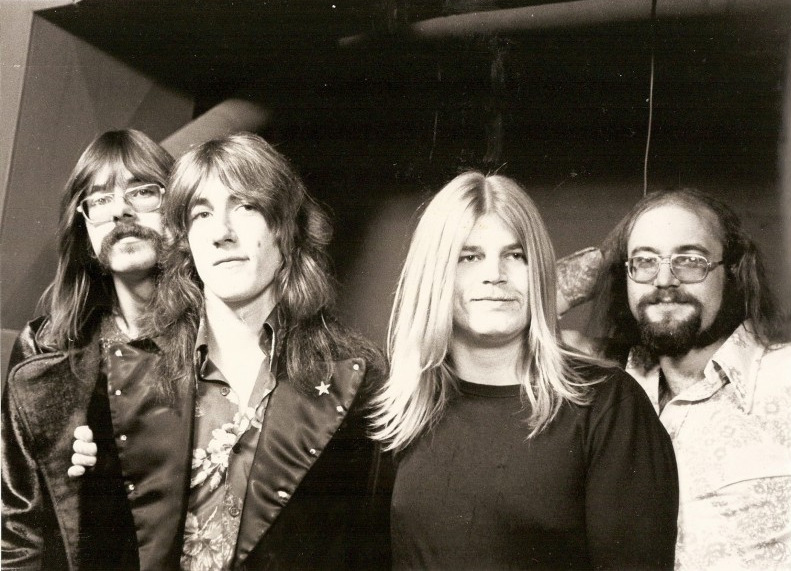
Where did you grow up? What was life like during your early years? How did your upbringing influence your music?
I was born in St. Louis, Missouri, but spent most of the first half of my life in Union, Missouri. I was your average, lower middle-class white kid growing up in a relatively small town in Missouri. There were only a few Black kids in school, and there were KKK chapters in the area. Dad, a truck driver, liked his beer but went to work every day to provide. Mom worked in shoe factories during my early years. She was my motivator, and her record collection was my earliest memory of having any interest in actively listening to music: Connie Stevens, Booker T. & The M.G.’s, The Ventures, The Everly Brothers, and Duane Eddy were particular 45s or LPs of hers that I would repeatedly spin. But, of course, Elvis was my very earliest influence. I’ve heard the stories for a long time of my family having me sing ‘Hound Dog’ when I was very young, and there is the vague recollection of getting one of those cheap, paper-headed drum sets at about the same time. Dad set it up in Grandma’s basement. I have a sister, about 5 years younger than me, who also loves music and collected quite a few of her favorite records. Dad was more of a country music fan. Hap’s Tavern was a couple of blocks from the house and was Dad’s hangout. I would hang with him a lot, playing the jukebox and the bowling machine. I have recollections of Dad singing phrases from ‘The Prisoner’s Song,’ covered by the likes of Hank Snow and Johnny Cash, and ‘Hello Walls,’ written by Willie Nelson but made famous by Faron Young. I would say Dad was the least musically interested member of the family. My first real job was working in a locally owned burger joint very near our house. I started when I turned 14 in 1968 and worked there throughout most of high school.
I started playing the drums when I was about 13. Mom’s sister married Mike Dulany (RIP), the drummer of a local band, The Sonars (later changed to The Harbinger Street Swains). They were a 4-piece group, fronted by Jim Lane (RIP), a phenomenal singer who also played guitar and keyboards, Wayne Hendrix (RIP) on guitar, and Roy Warden (RIP) on bass. They played R&B and many of the contemporary AM hits like ‘Soul Man’ by Sam and Dave, ‘Expressway to Your Heart’ by The Soul Survivors, and ‘I Love You More Today Than Yesterday’ by The Spiral Staircase. They were really good and very popular in the area. Mike became my mentor, and I bought my first drum kit from him. It was a 4-piece, gold sparkle Leedy (Slingerland) set. Very cool. A few friends of mine and I started learning songs by Iron Butterfly, The Doors, Jimi Hendrix, Cream, Three Dog Night, etc., and very early on would play during the set breaks of The Sonars/Harbinger Street Swains. Eventually, we played on our own at a local teen center, school dances, and private parties. So, my musical influences in my early years were quite varied.
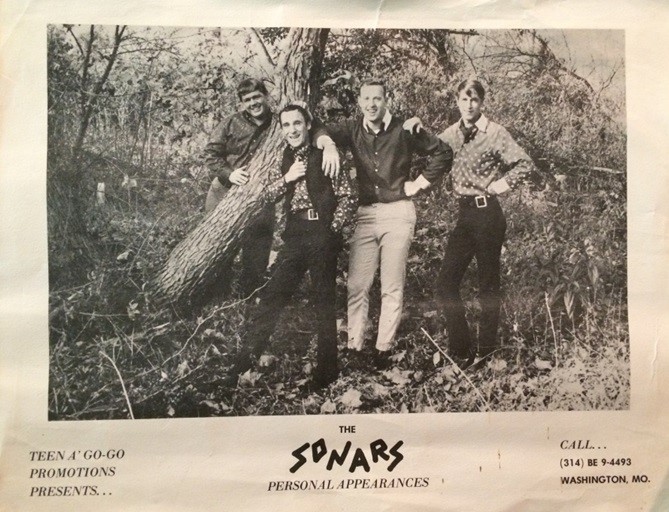
Before Back Jack, which bands were you a part of? Are there any recordings from those earlier projects? What kind of music were you playing back then?
About two years ago, the sister of Dan Jett, a dear departed friend that I played music with in my very earliest days as a drummer, found a ¼” reel-to-reel tape that was labeled “Danny’s Band.” Wow! Dan’s dad, Woodrow, was a ham radio buff and had a reel-to-reel recorder that he would bring to some of our gigs, especially at the local teen center in Union, Missouri, called “The Place.” I have no recollection of his recording us live but was blown away to hear it. Our first band name was “The Lite,” but we changed it pretty quickly to “US.” The core members were Dan Jett (RIP) on guitar, Joe Cooke-Luna (RIP) on bass (for a while) and lead vocals, and yours truly on drums. As “The Lite,” Mike Leeker was the keyboardist, but Ron Goers handled the keyboards and vocals as “US.” Jim Reddick (RIP) and then Cleston Griffith took over all bass guitar work when Joe decided he just wanted to sing. We were active from early 1968 to late summer of 1970, best I have been able to determine. Of course, we were just a cover band then: Iron Butterfly, The Doors, Cream, The Beatles, Spencer Davis Group, Three Dog Night, Led Zeppelin, MC5…songs from these bands I’m sure we covered because they are memorialized on the “Danny’s Band” tape. I remember rehearsing ‘Into The Fire’ by Deep Purple and regularly playing ‘Fire’ by Jimi Hendrix. Good times!
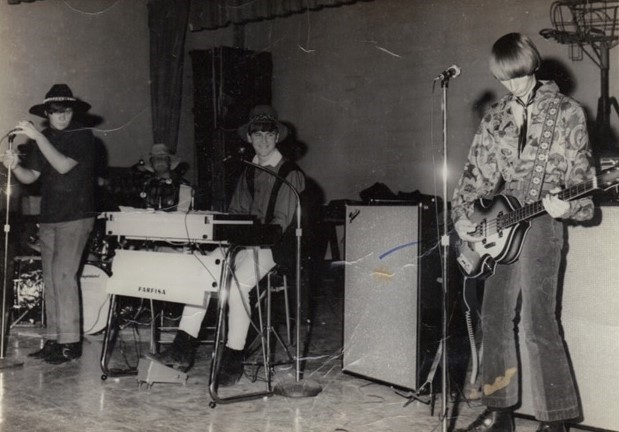
I can’t say for sure, but it seems that for the rest of 1970 and the early part of 1971, I played in a 3-piece with Jim Reddick (RIP) on bass guitar and Donald “Ducky” King (RIP) on guitar. This was the group in which I had the most rapid growth in improvisational playing. We would jam for what seemed like hours. I recall this time as one of my most rewarding in regard to my drumming.
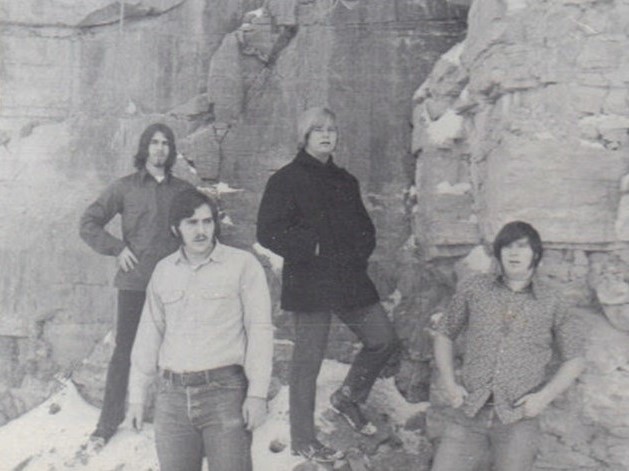
At some point in the first half of 1971, I joined Body. This band evolved out of The Sonars/Harbinger Street Swains, with Don Kluba taking over the bass guitar work when Roy Warden left the band. They added two horn players, Dennis Daegele and Tom Duemler, and a third whose name I can’t remember. My Uncle Mike Dulany left Body to join Parchment Farm after Mike Watermann left Parchment Farm. Body had recorded two demo 45s when Mike Dulany was in the band, and I assume (because I can’t remember for sure) that we played them while I was in Body. We did play songs by The Flock, a jazz-rock band out of the Chicago area. Killer stuff.
I’m not sure how long I stayed with Body, but I’m pretty sure I went back to playing cover songs in the 3-piece with Ducky King and Jim Reddick as Electric Solution.
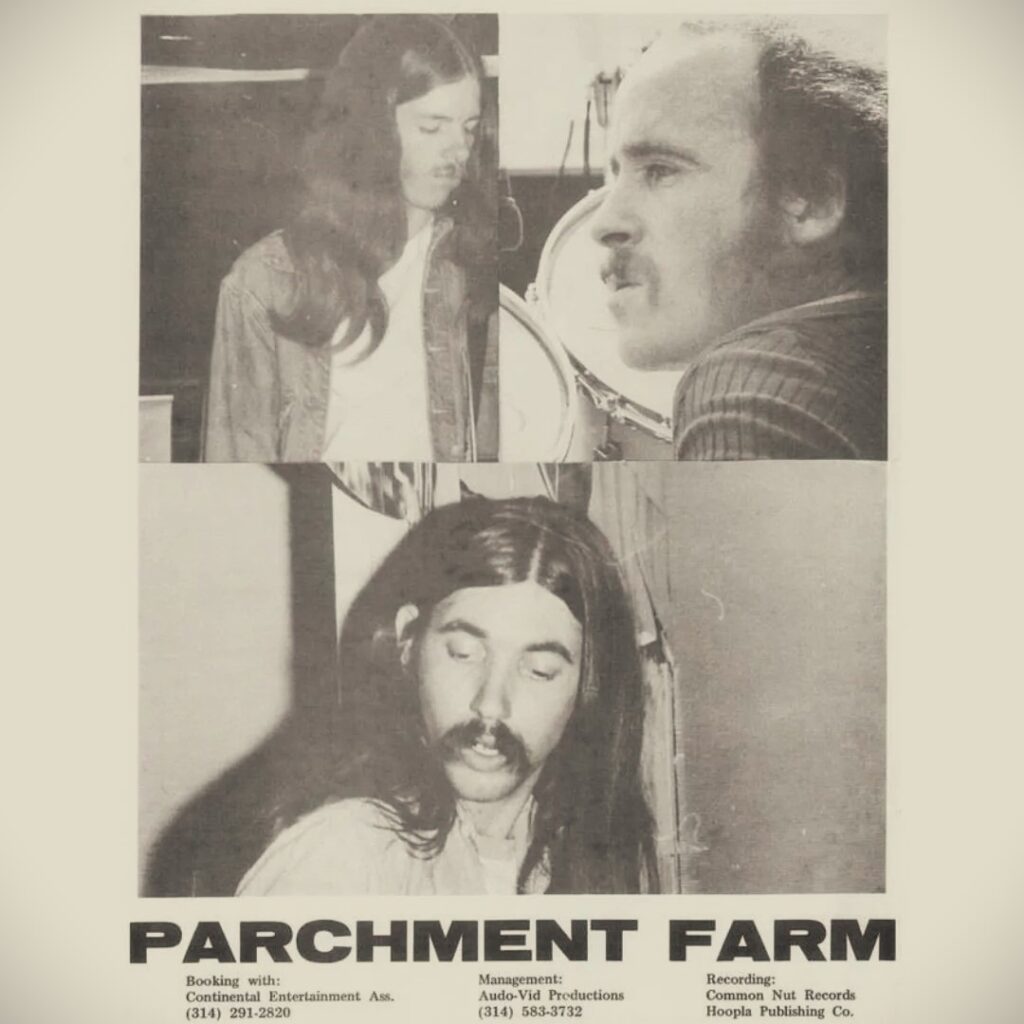
At some point in late 1972, Mike Dulany left Parchment Farm and, once again, I stepped in to fill the drumming spot. Instead of a 3-piece, as they were when Dulany was in the band, we added a keyboardist, Cliff King. With Paul Cockrum on vocals and guitar, Robert “Ace” Williams on bass guitar and vocals, Cliff on keyboards and vocals, and yours truly on drums, we played songs by Yes and The Moody Blues, to name a couple. Somewhere around March of 1973, Cliff left the band, and Mike “Scotty” Scott stepped in on the keyboards. He was a young Keith Emerson follower and had his own Moog synthesizer. We revised some of the Parchment Farm originals and did a lot of cover songs as well. Parchment Farm disbanded in late summer of 1973.
The next organized effort to form a working band was called Osage Lute. My old bandmates, Ducky King and Jim Reddick, and I were joined by Jeff Ballew on guitar and vocals. Jeff had been born in Washington, Missouri, and lived in St. Clair, Missouri, for a portion of his early years due to family being there. However, Jeff was also a California boy and had just returned to Missouri around May of 1974 when he joined the band. We rehearsed cover songs but also worked on some originals, two of which were recorded on a demo 45: ‘Shoot Scooter’ and ‘Watch ‘Em Shine.’ We were one of the local opening acts at the July 4, 1974, Chuck Berry Park festival near Wentzville, Missouri. There’s a good report about this and other events at Chuck’s place in the book “Brown Eyed Handsome Man: The Life and Hard Times of Chuck Berry” (by Bruce Pegg; 2002). A few weeks later, we played at the Ramada Inn lounge during the Ozark Music Festival in Sedalia, Missouri. Personally, I had no recollection of this gig, but Jeff did and recounted several stories about meeting Wolfman Jack at the hotel, Elvin Bishop commandeering our gear in the lounge and playing some of his music, and Ted Nugent stealing some of Jeff’s stage clothes. We were only together for about 7 months, but the musical talent was inspiring.
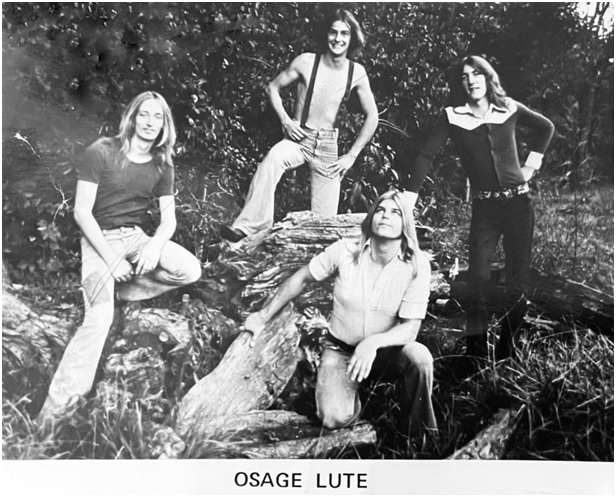
Tell us about those early gigs with Back Jack. What stands out in your memory? Any crazy or hilarious moments that you’ll never forget?
I do not remember actually performing or playing the songs at a gig. Almost every photo I’ve seen of me playing drums during a performance shows that my eyes are closed. My theory is that because my eyes were closed, my mind didn’t register that memory. Now, I do remember a few of the events between performances. The most vivid memory happened the day of our biggest and most important gig: opening the show at the April 13, 1975, KSHE Kite Fly Contest in Forest Park. Charlie Daniels was the headliner, and Rush (with Neal Peart making one of his earliest appearances with the group) played second to last. I was late. I remember jumping out of my friend’s car about a mile from the stage and running. As I was running across the field toward the stage, I heard my band start playing! WTF? Fortunately, Hans Myers, the previous drummer with Back Jack, happened to be there and played the first song or two (I don’t know for sure). A day I will never forget.
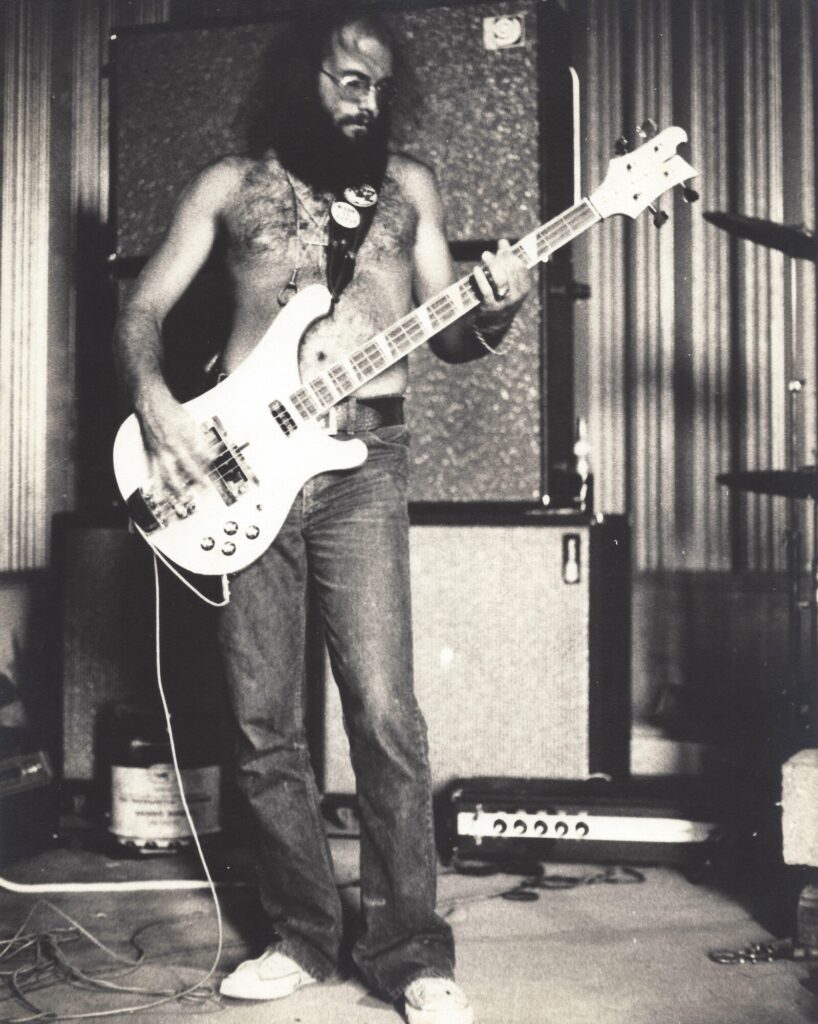
Tell me about those early gigs. I can imagine smoky clubs, amps turned up to 11, maybe a few too many beers backstage… What are your most memorable stories from those days? Any wild moments that still make you laugh, or cringe?
Like I said, my memory is crap when it comes to that kind of stuff during the time I was in Back Jack. I have depended on the other band members and Mike Proctor, our right-hand man at the time (roadie, security, recording engineer, etc.) to recount the stories of our hijinks. They help fill in my blank spaces.
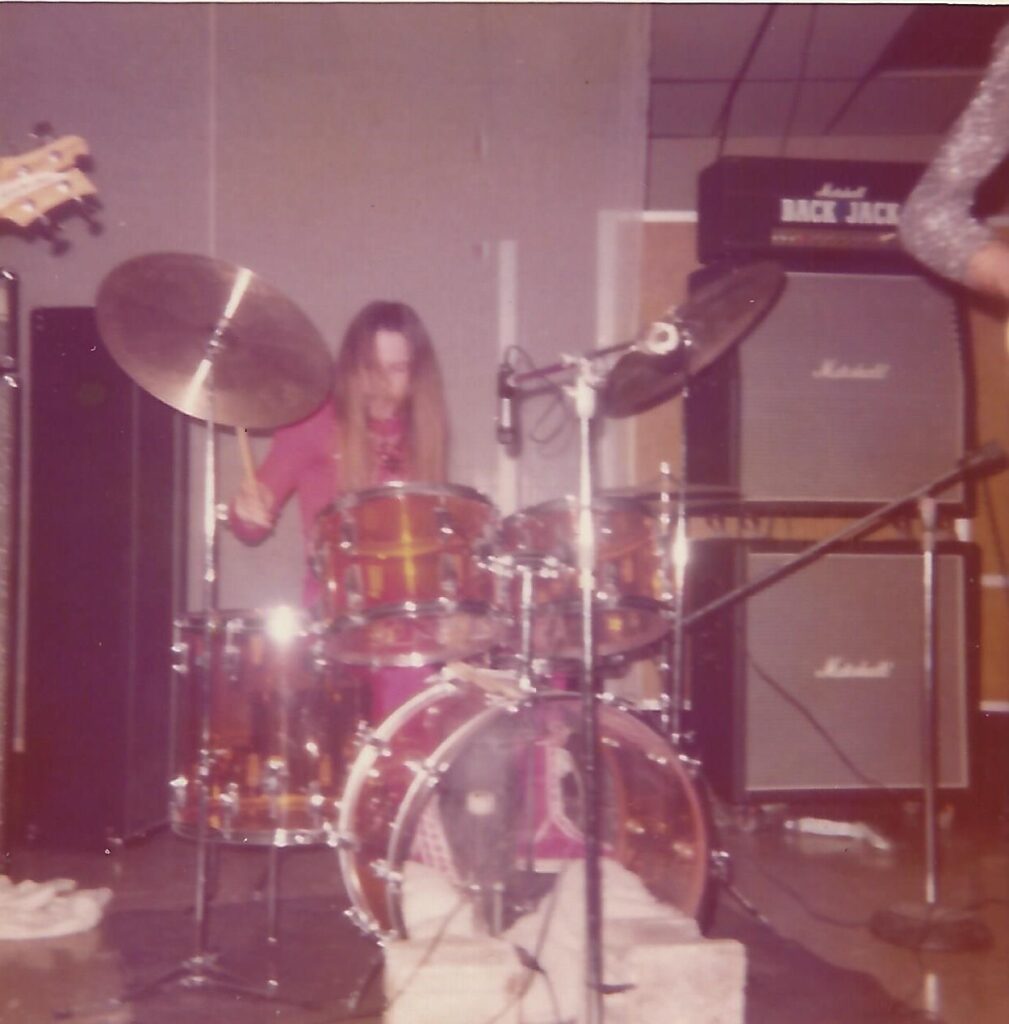
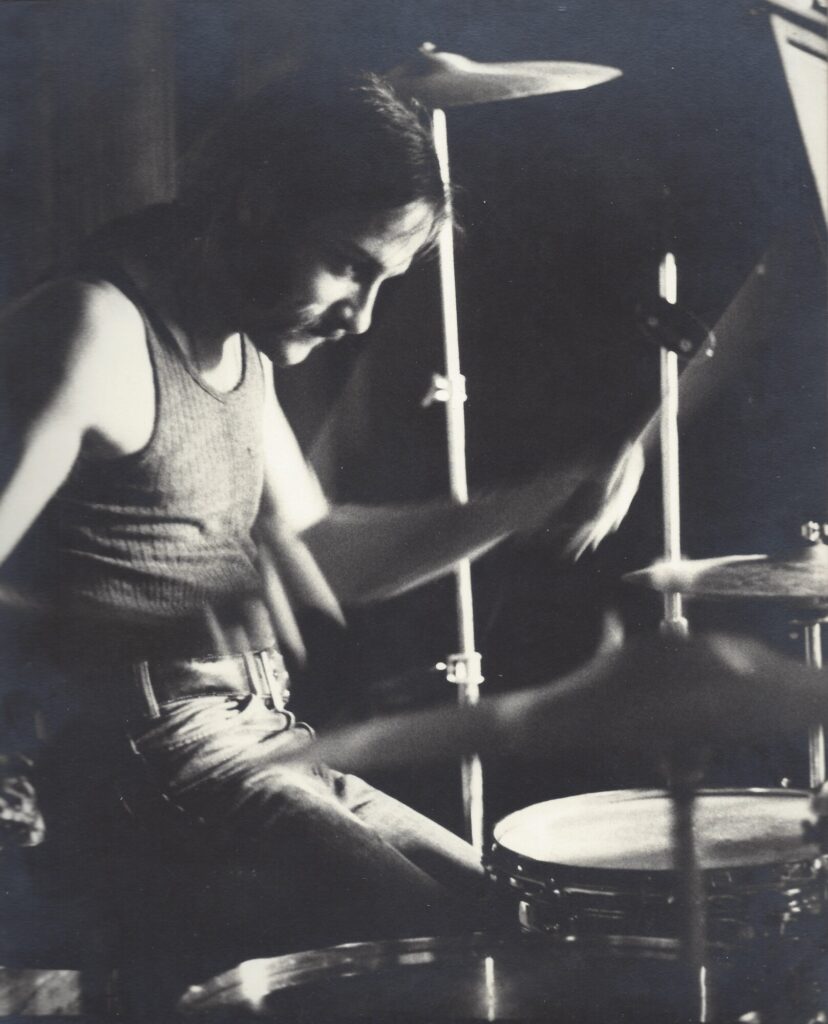
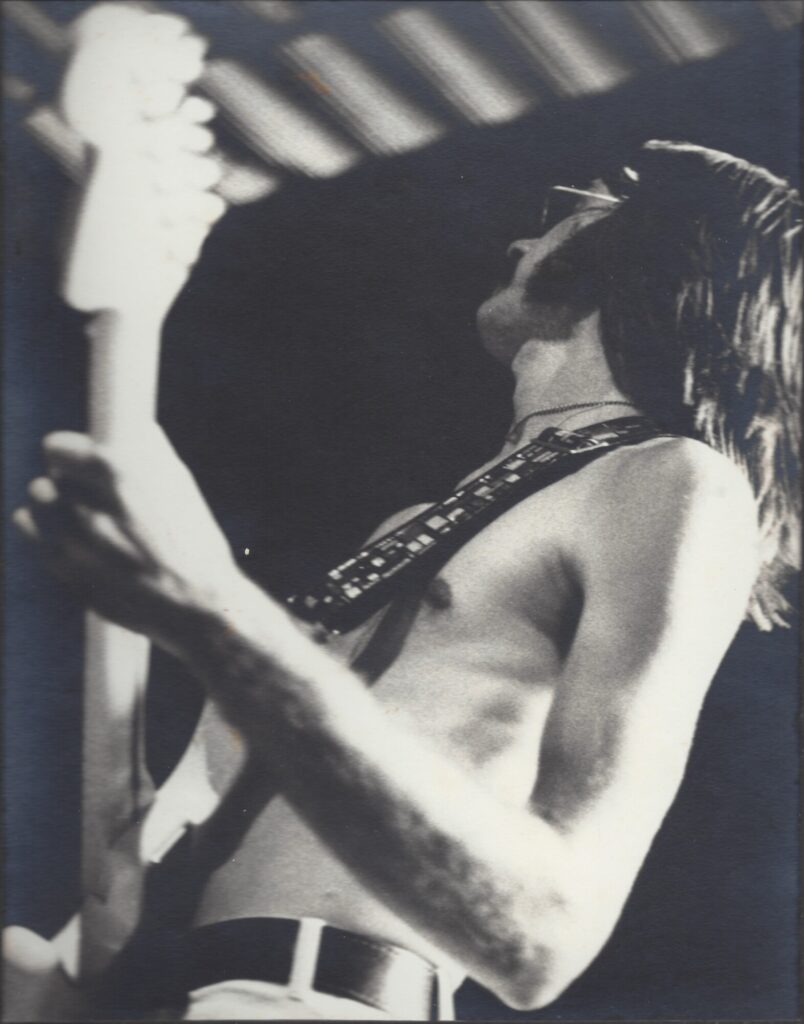
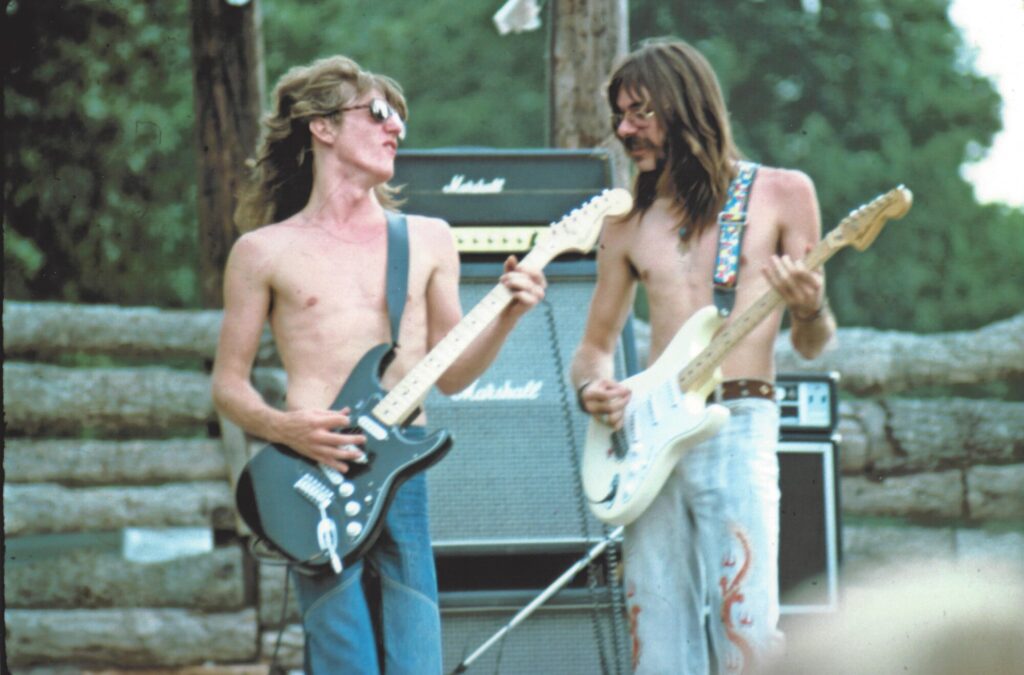
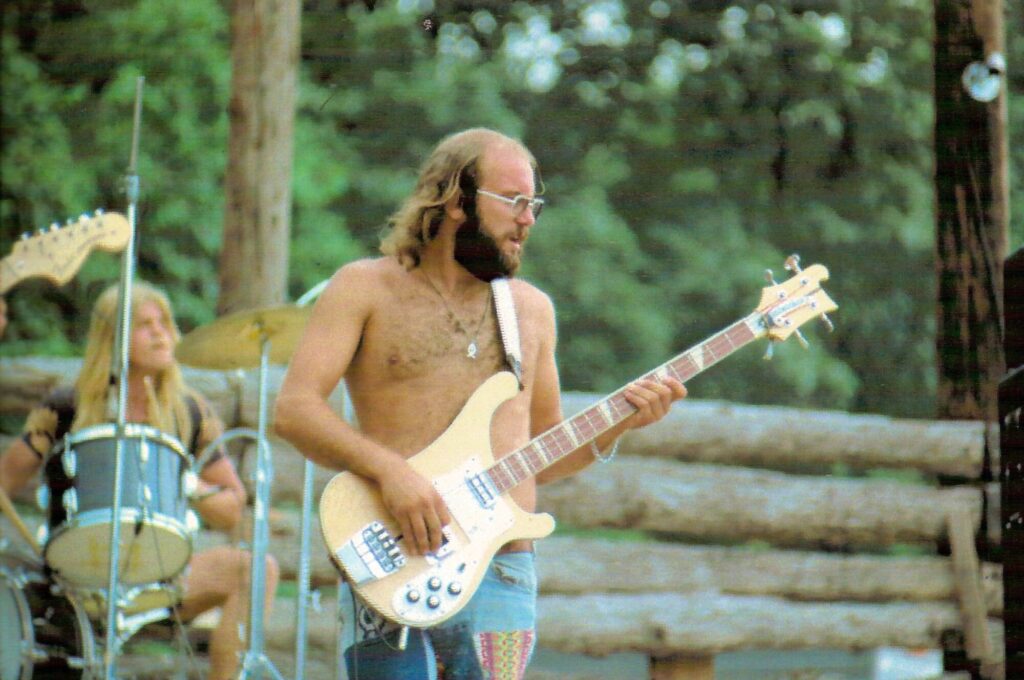
You’ve got a lot of musical talent in this band. How did you develop your sound? Was it all about jamming and seeing what happened, or did you guys have a clear idea of what you wanted to achieve from the start?
Again, not something I remember much about. We did rent a farmhouse on Fiddle Creek Road near Pacific, Missouri. Some of us lived there all the time and rehearsed there. That kind of atmosphere does help with slowing down and working together for the best sound/song. Mike Collier was the primary songwriter/lyricist. We did play the two original songs off of the Osage Lute demo 45 and original songs Back Jack had played as a 3-piece (I think). But, of course, we played cover songs to fill out the evening’s gig.
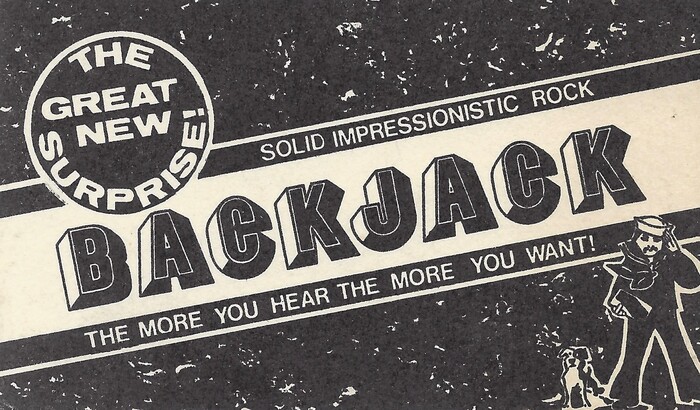
RidingEasy Records issued 13 tracks. Are these all the songs you played and recorded, or do you have more hidden gems that weren’t released?
Those 13 songs are from reel-to-reel and cassette tapes I have tracked down over the last 15 years or more. I played the ones recorded in 1975 in Cape Girardeau, but, like I said earlier, I don’t remember the actual performances. Kim McKinney found an 8-track of some original songs the earliest version of Back Jack recorded when Greg Witt was playing the Hammond organ in the band. Nice vibes but terrible quality recordings.
Would you share your insight on the albums’ tracks?
Well, I’m biased, as you may imagine, and the songs recorded in 1975 are my favorites. My favorite track is ‘Gearhead,’ ‘She’s Been Down So Long,’ ‘California,’ ‘Assault And Battery,’ and ‘Satisfied Man’ stand out as badass tunes, to me. I do, however, love ‘Silver Star,’ even though the quality of the recording is not the best. Collier’s voice oozes the blues on that one. ‘Phonic Voyage’ has a special place in my heart because Gary Reed (RIP) played the piano as a special guest. Gary was the keyboardist with the original Parchment Farm, formed in 1968.
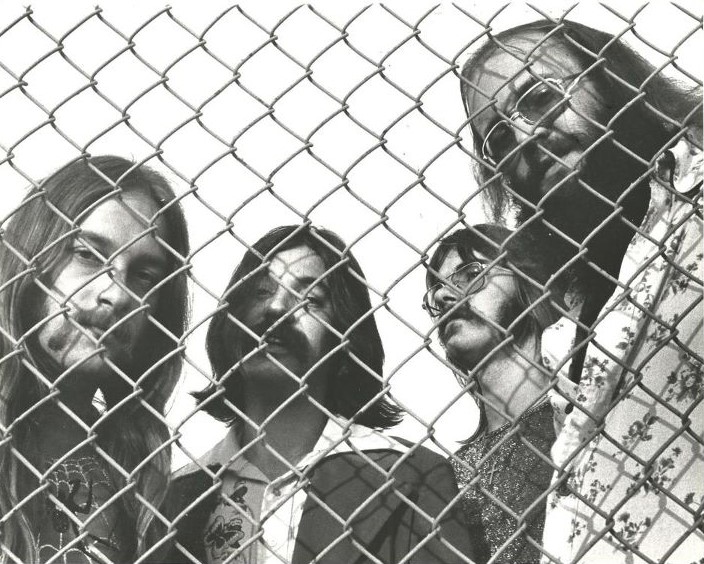
I imagine you were a very loud band. Could you tell us about the gear you used?
Ludwig.
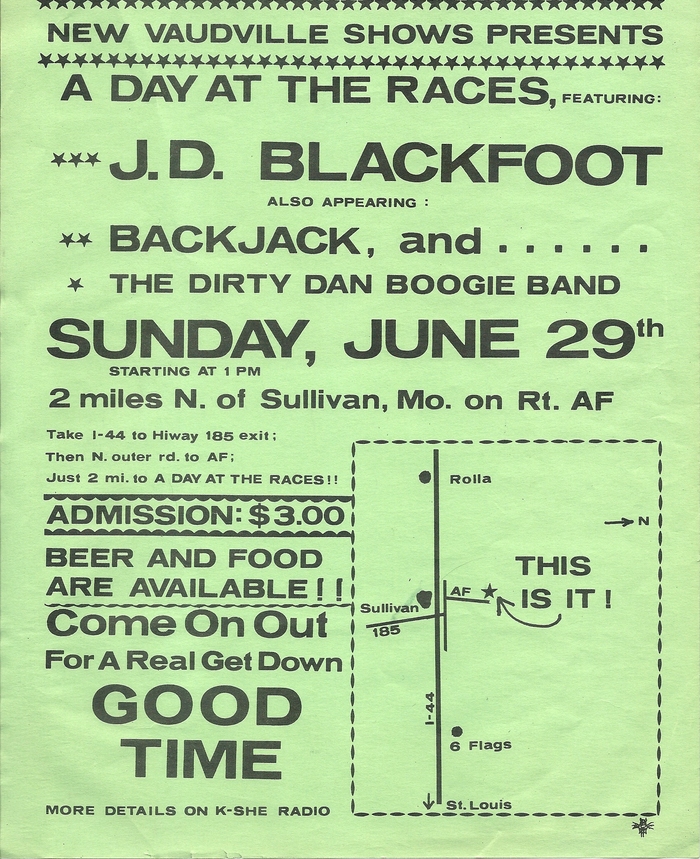
“I feel fortunate to have had the opportunity to be rejected by one of the biggest record companies in the world…”
Where and when was the material recorded? Tell us about the studio time.
That information is included on the back cover of the LP. When I was in the band, I’ve been told the Cape Girardeau recordings were done in two separate sessions.
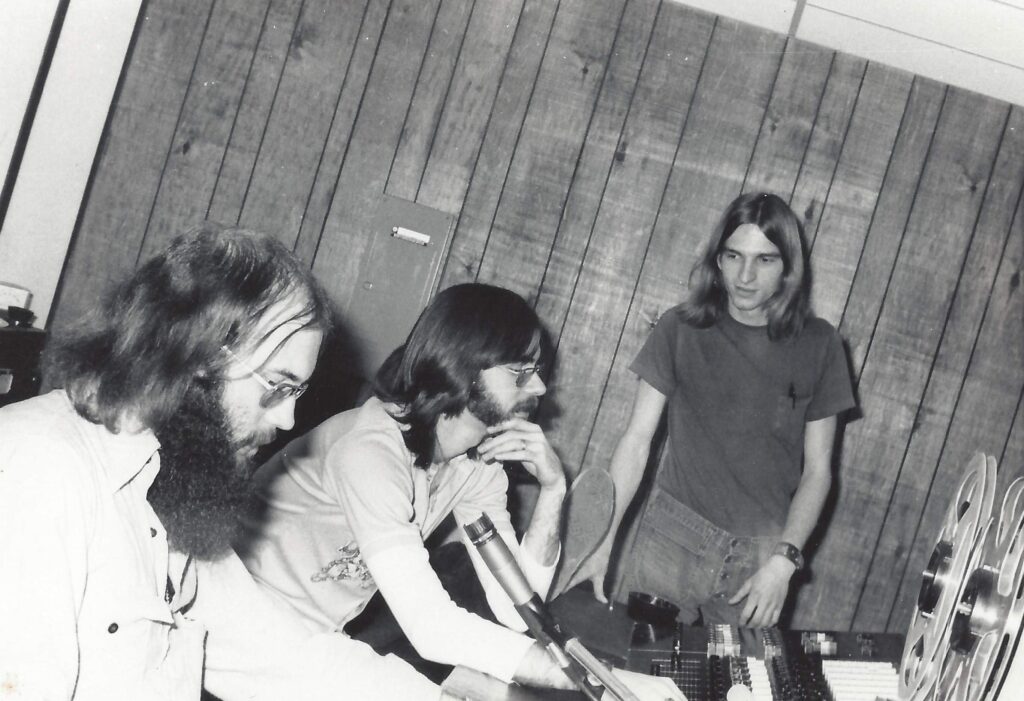
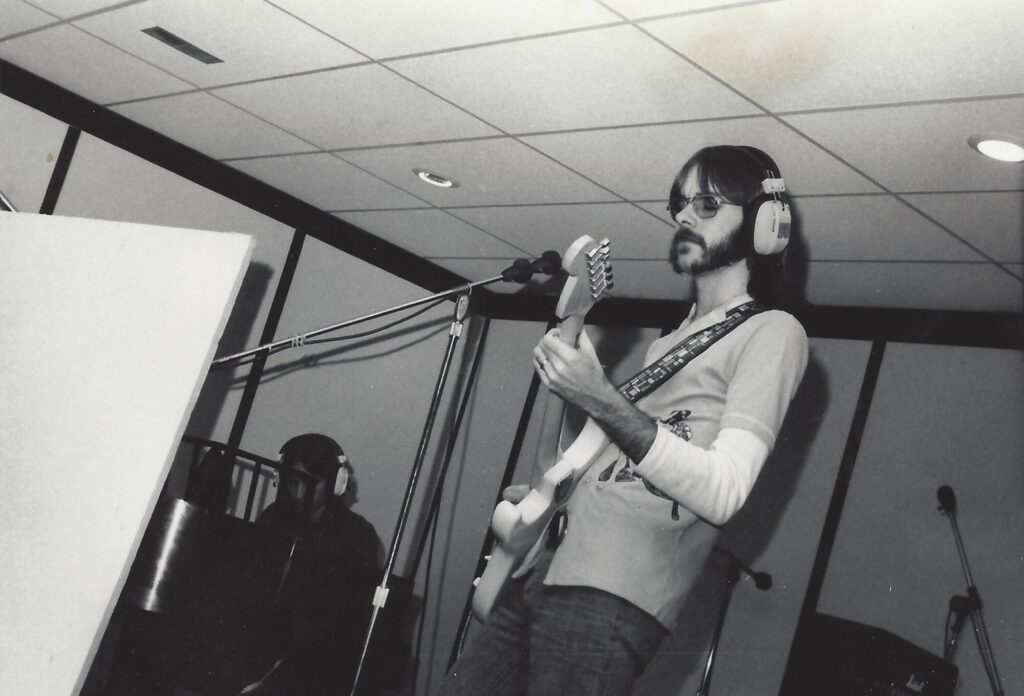
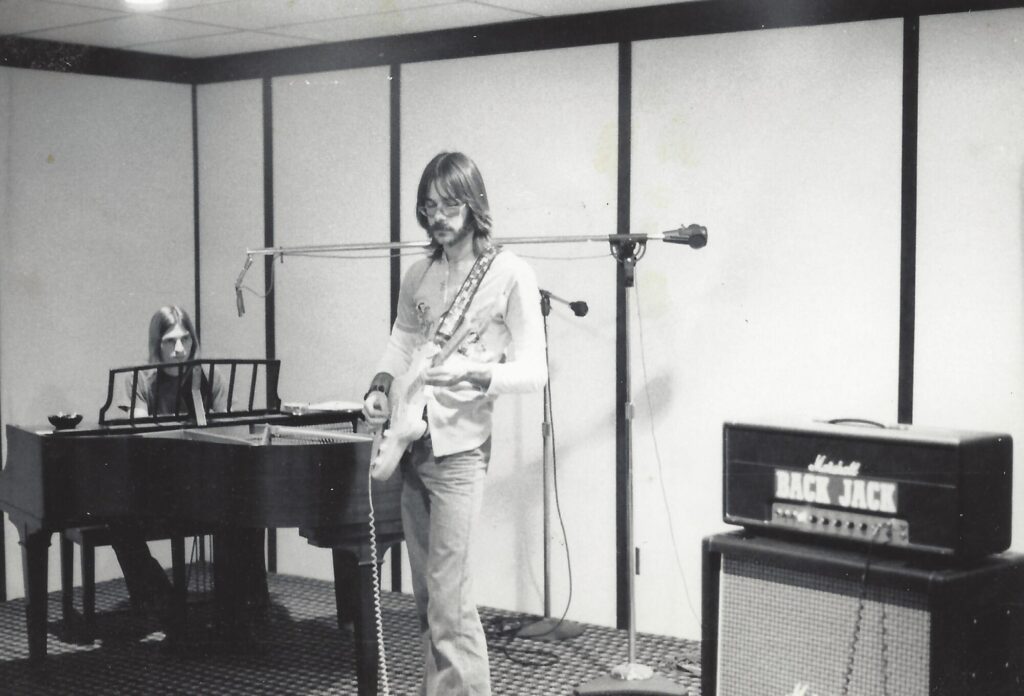
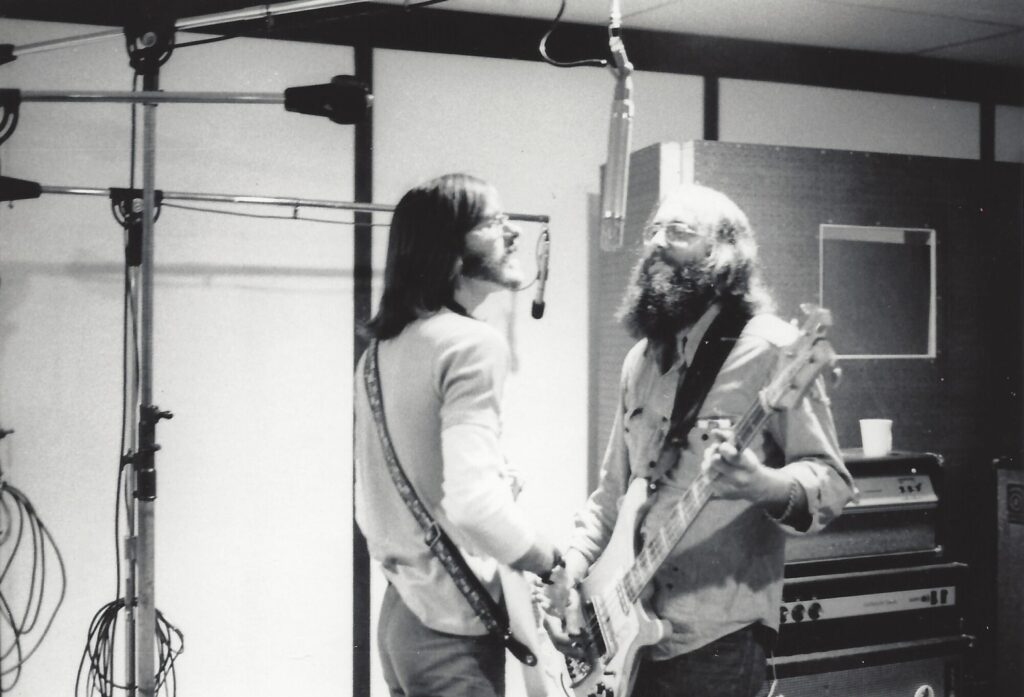
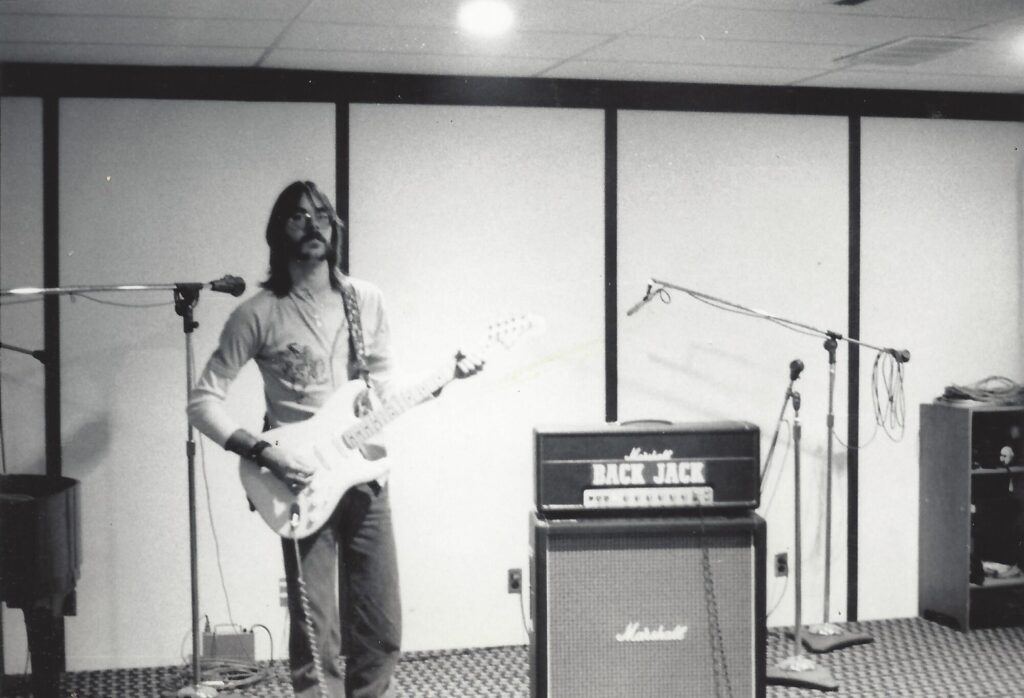
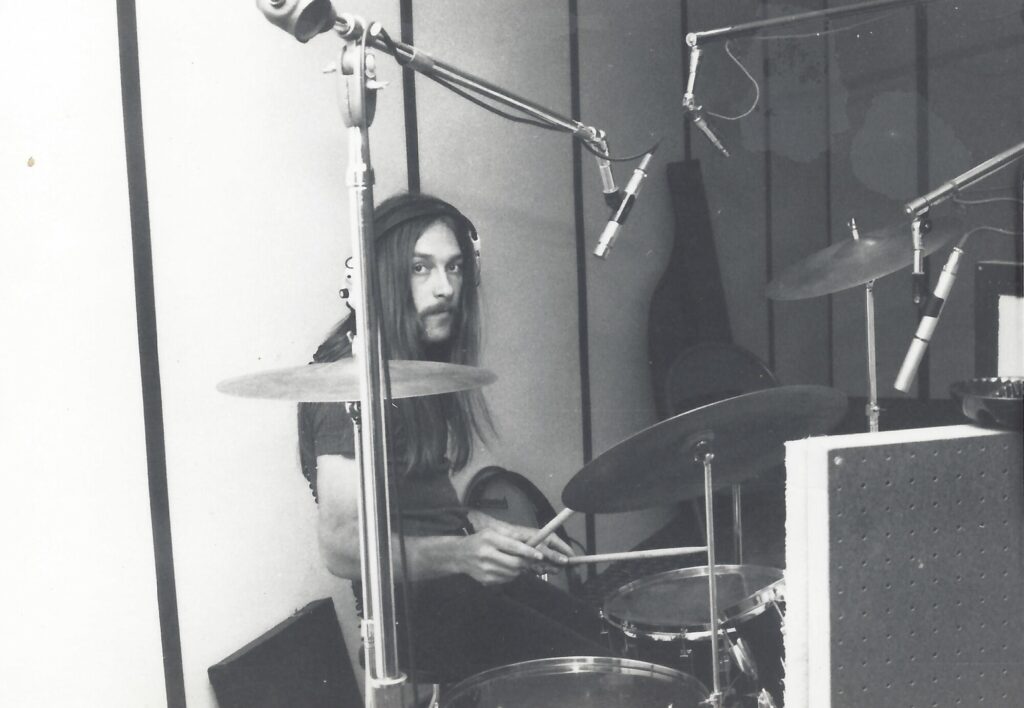
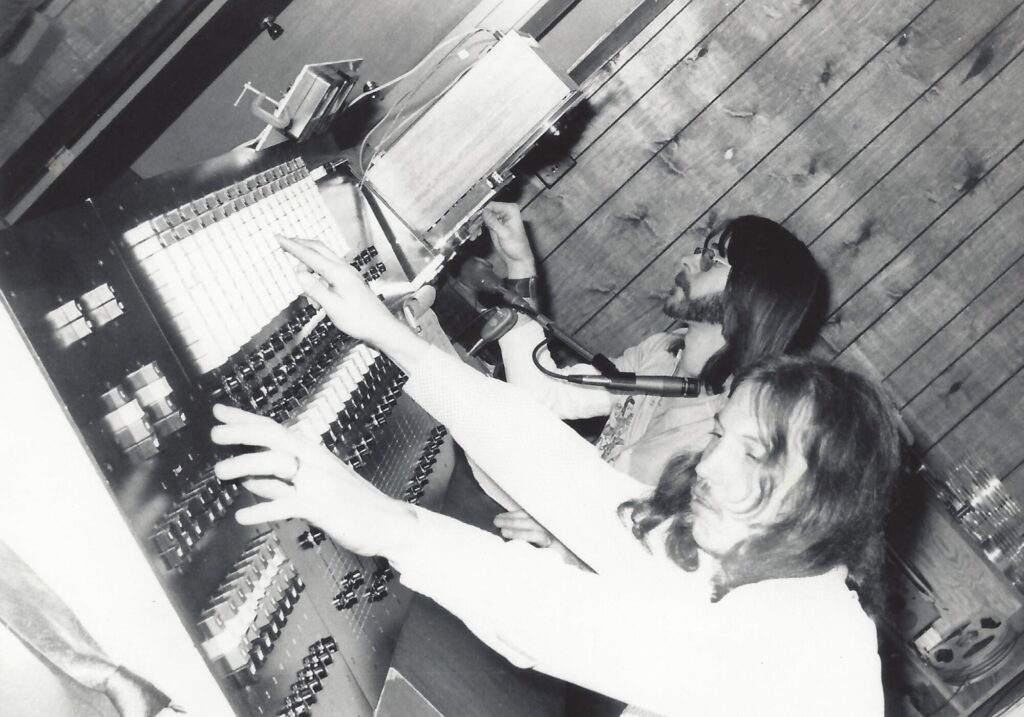
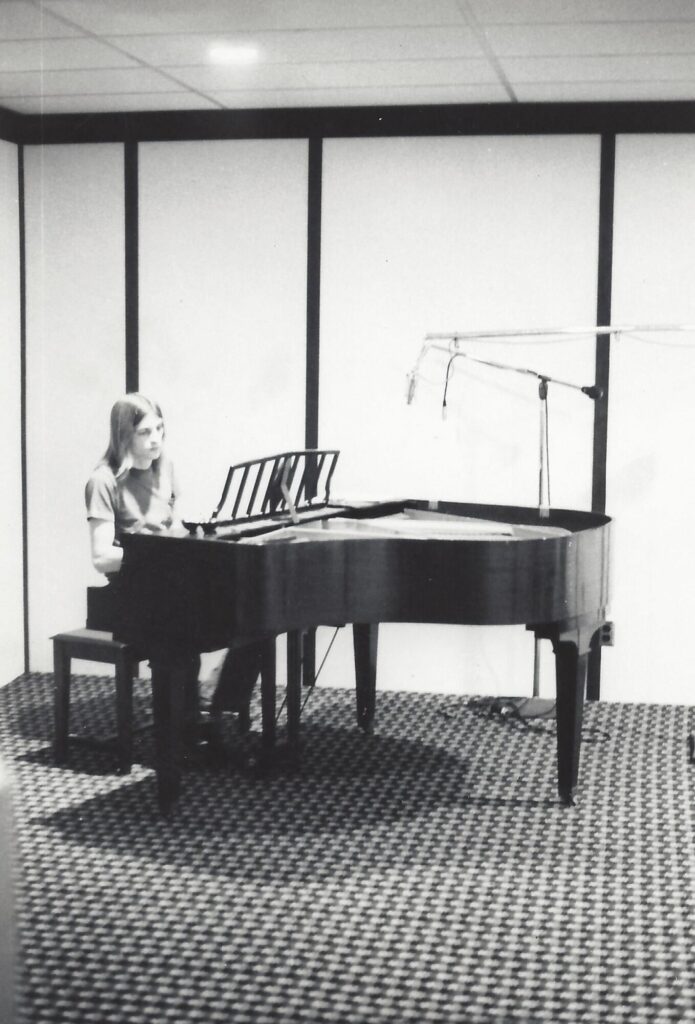
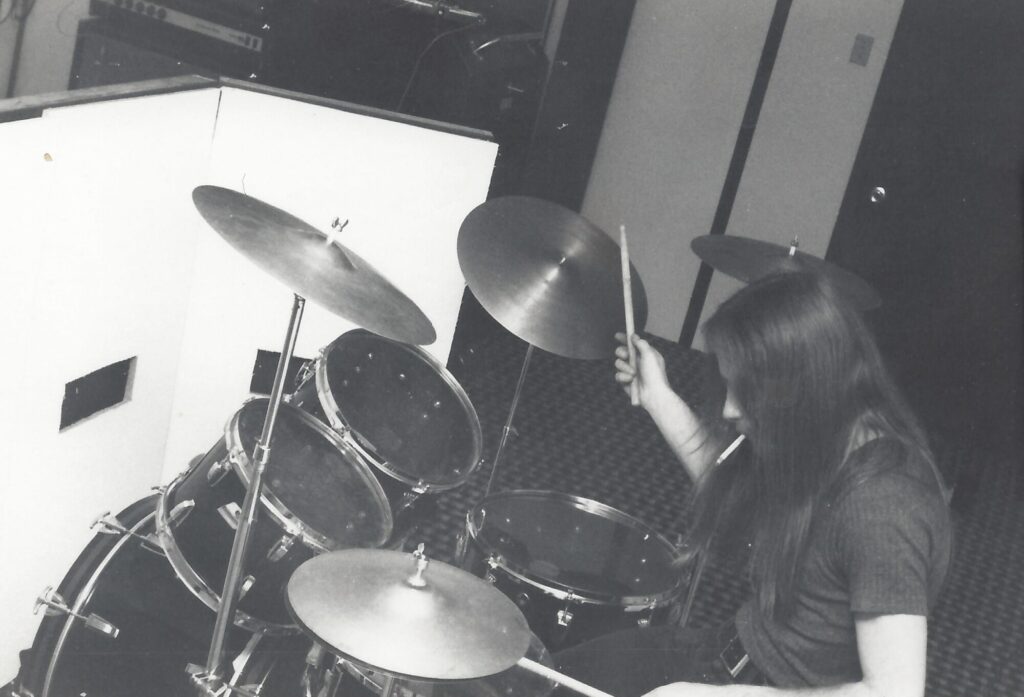
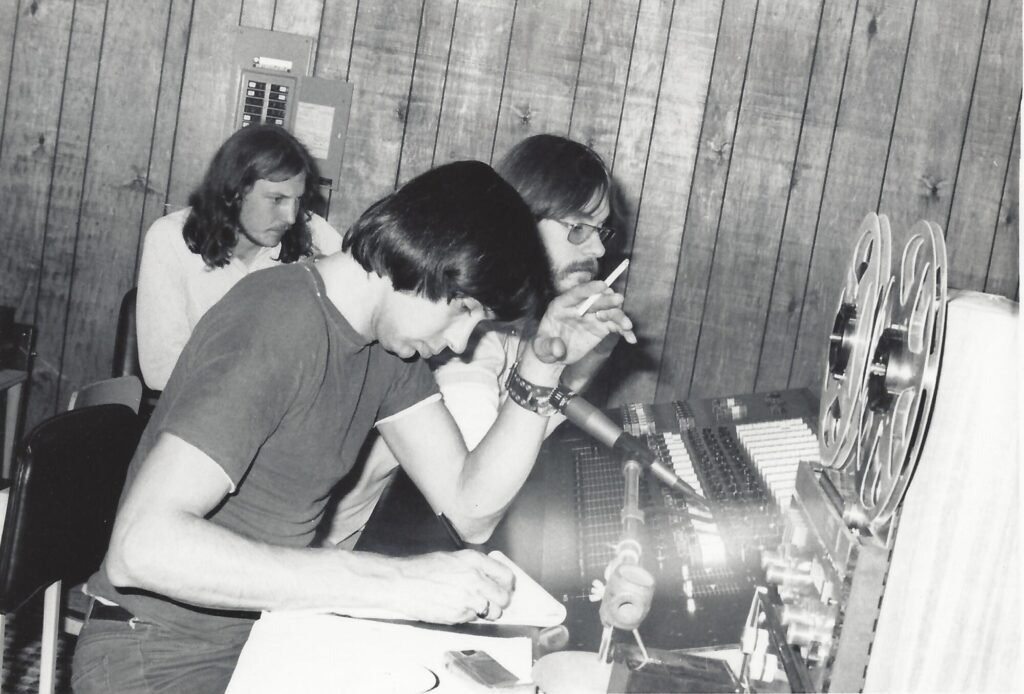
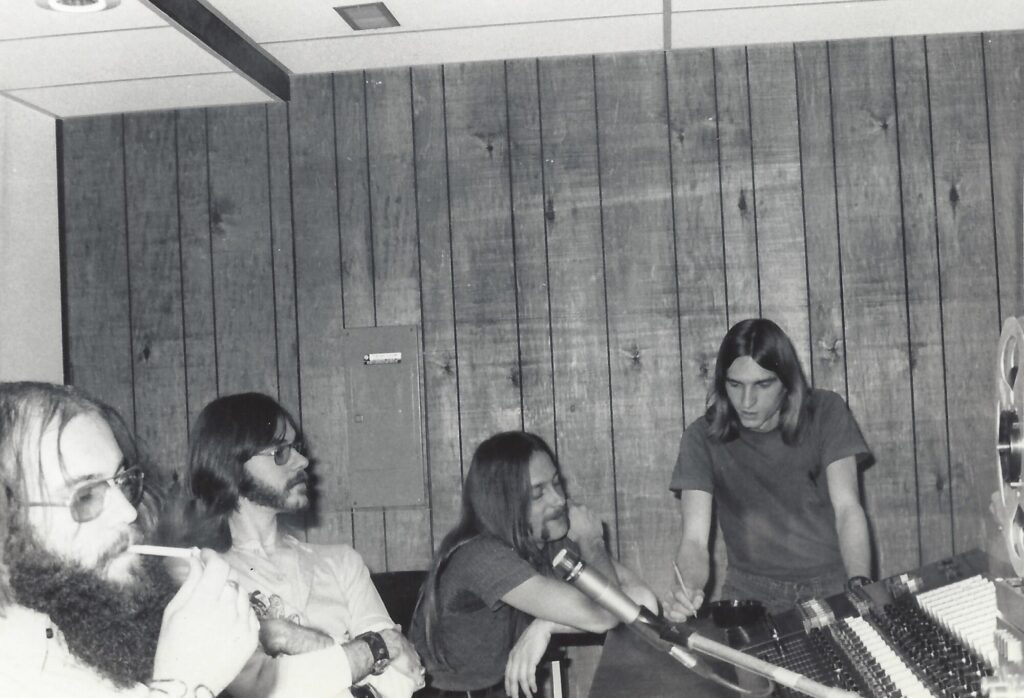
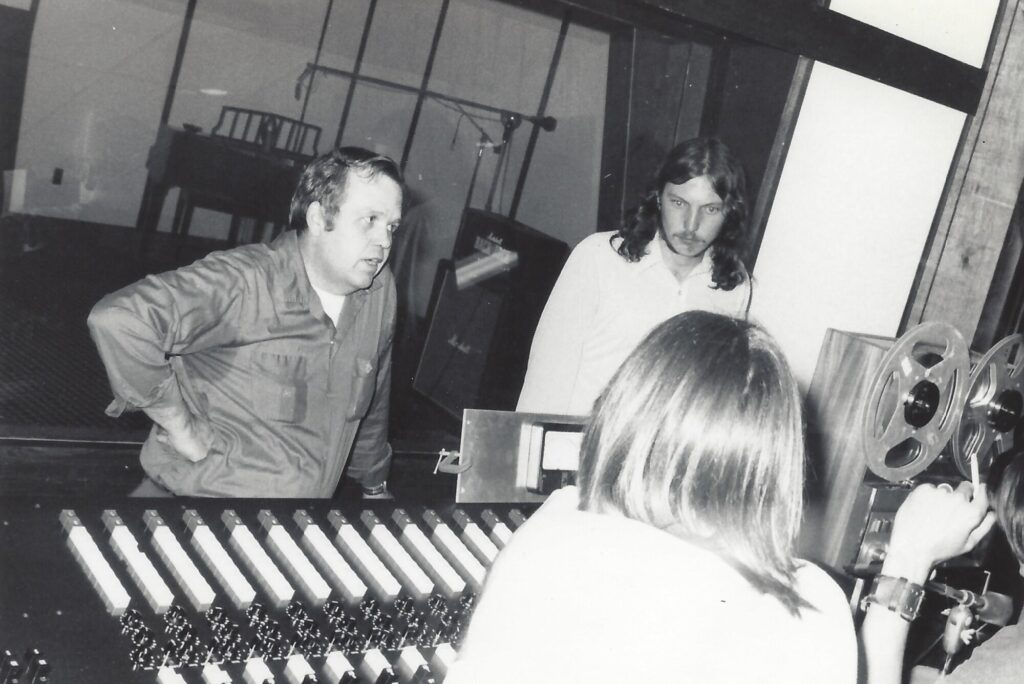
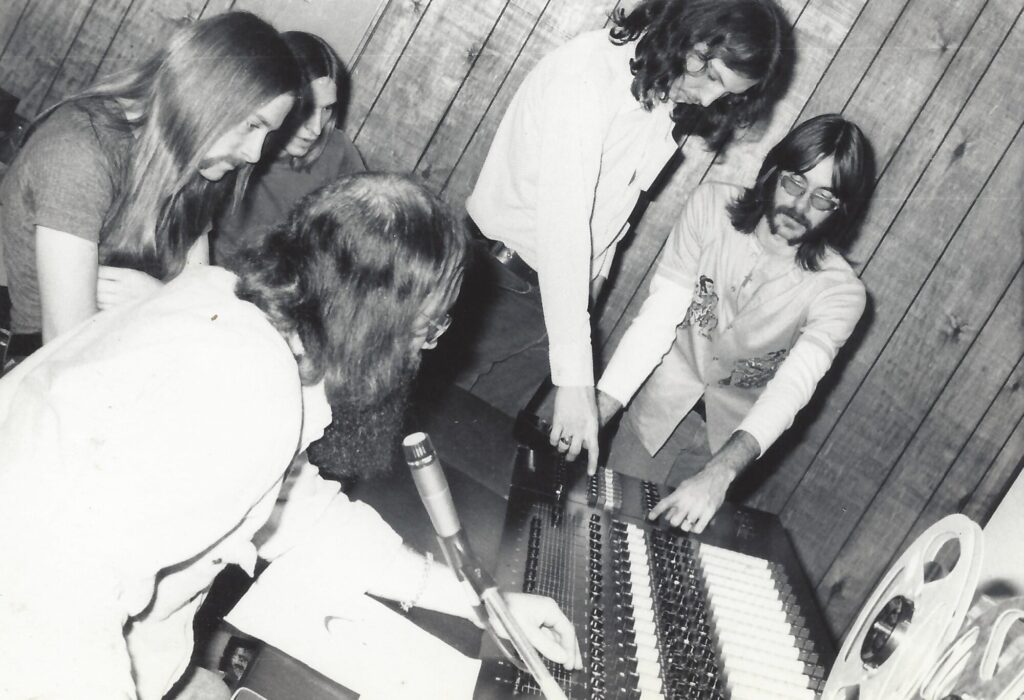
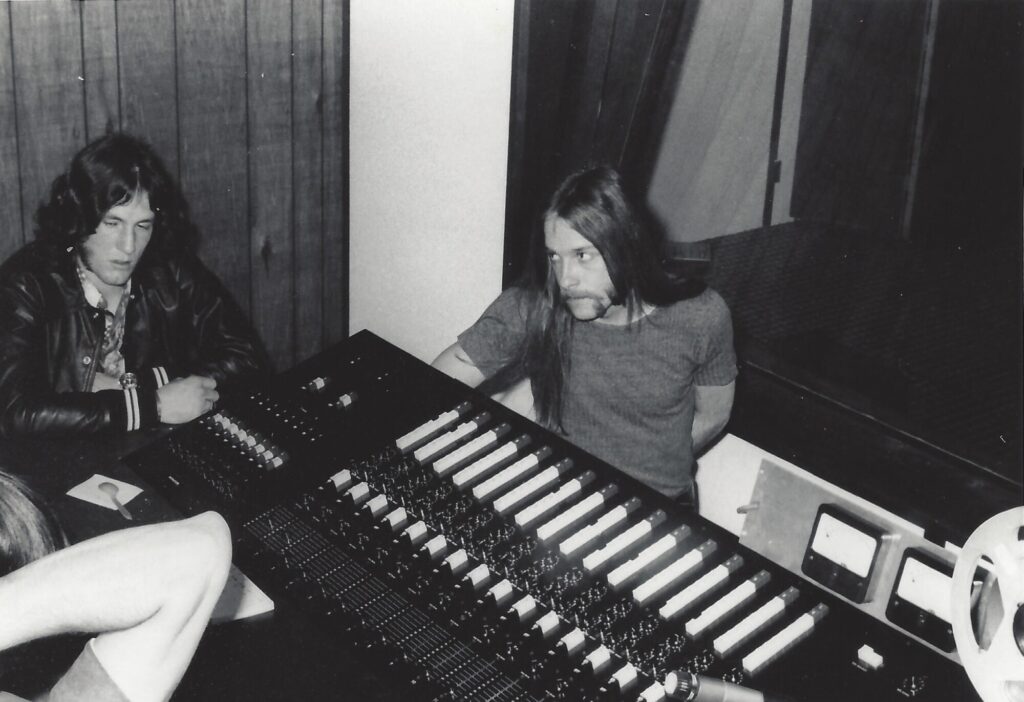
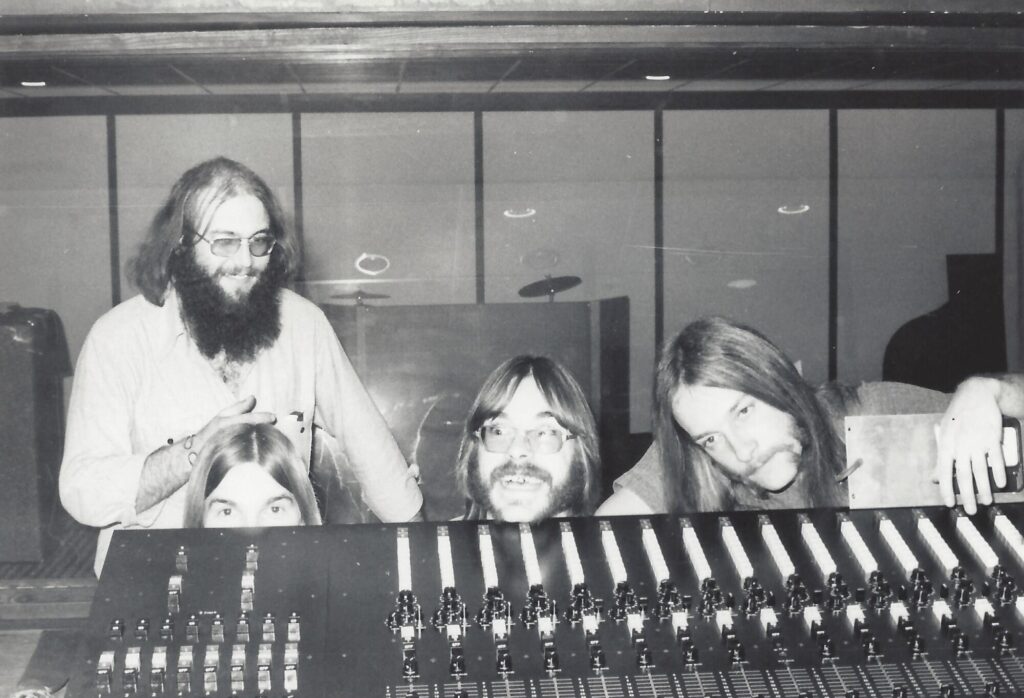
We recorded some on one day, went to Illinois to do a gig, and then returned to the studio on a later day to finish the recordings. I have no recollection of any of it. Weird, I know.
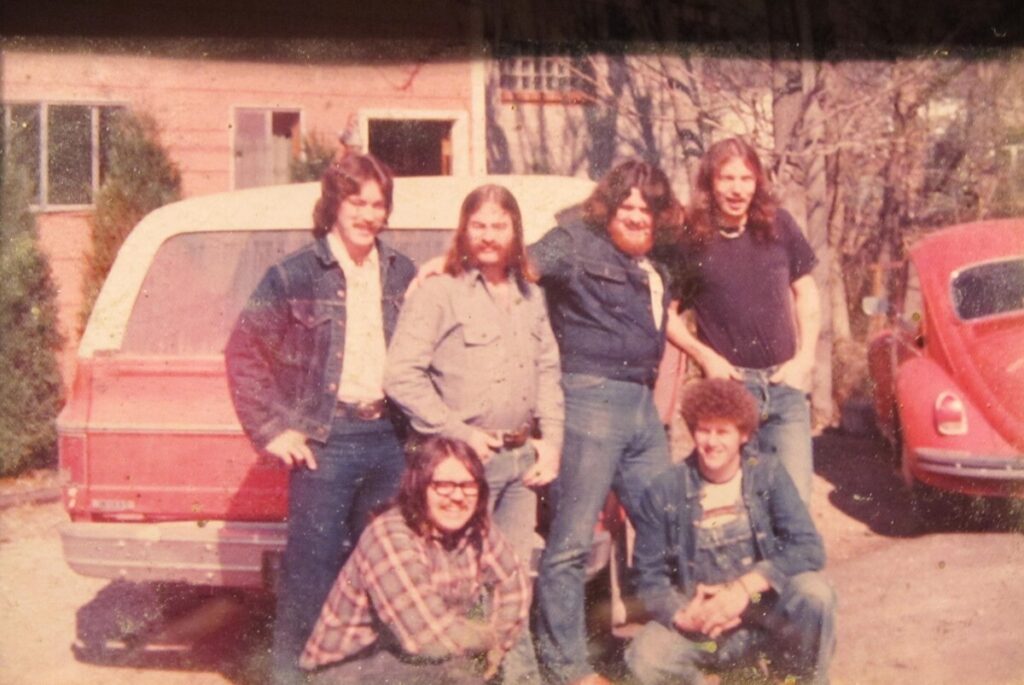
Was an acetate originally pressed, or how were these recordings preserved?
I have no idea. I have been searching high and low for the master tapes of the 1975 sessions, questioning surviving members, friends, and their families, and family members of associates no longer with us. I even contacted Jim Rhodes, the owner and chief engineer of the studio in Cape Girardeau, on the off chance he may remember where the master tapes ended up. No luck…so far.
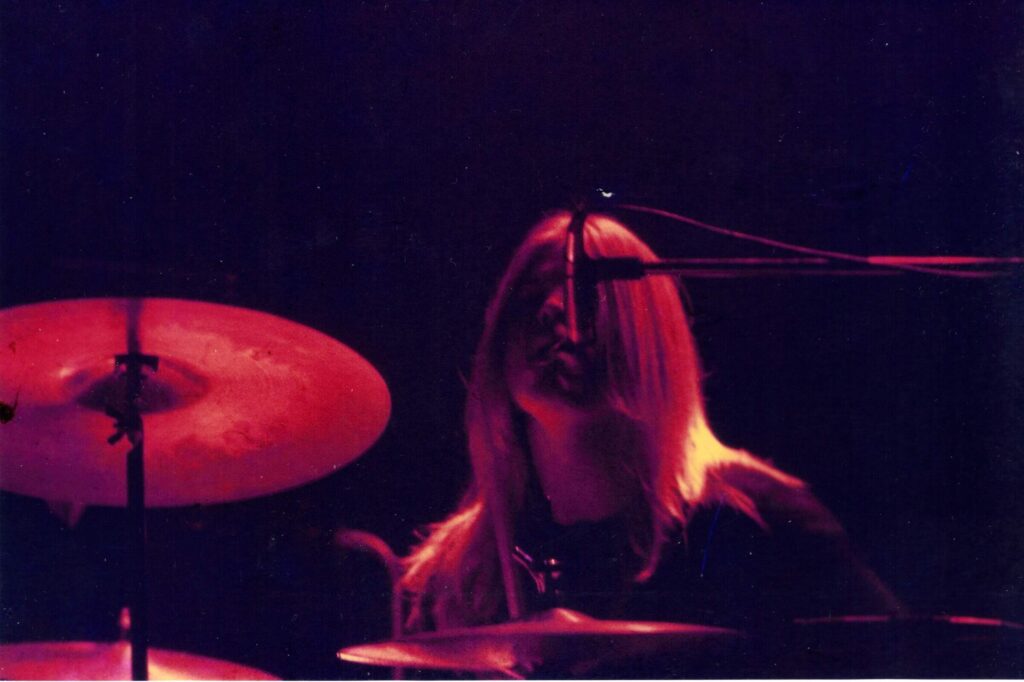
Did you try to send your recordings to any record labels? Did you consider self-releasing them? And did you get any airplay or press coverage?
Our manager in 1975, Jim Smith, did have the Osage Lute demo 45 (re-labeled as Back Jack) and a demo tape made by us in 1975 (I presume) submitted to CBS Records.
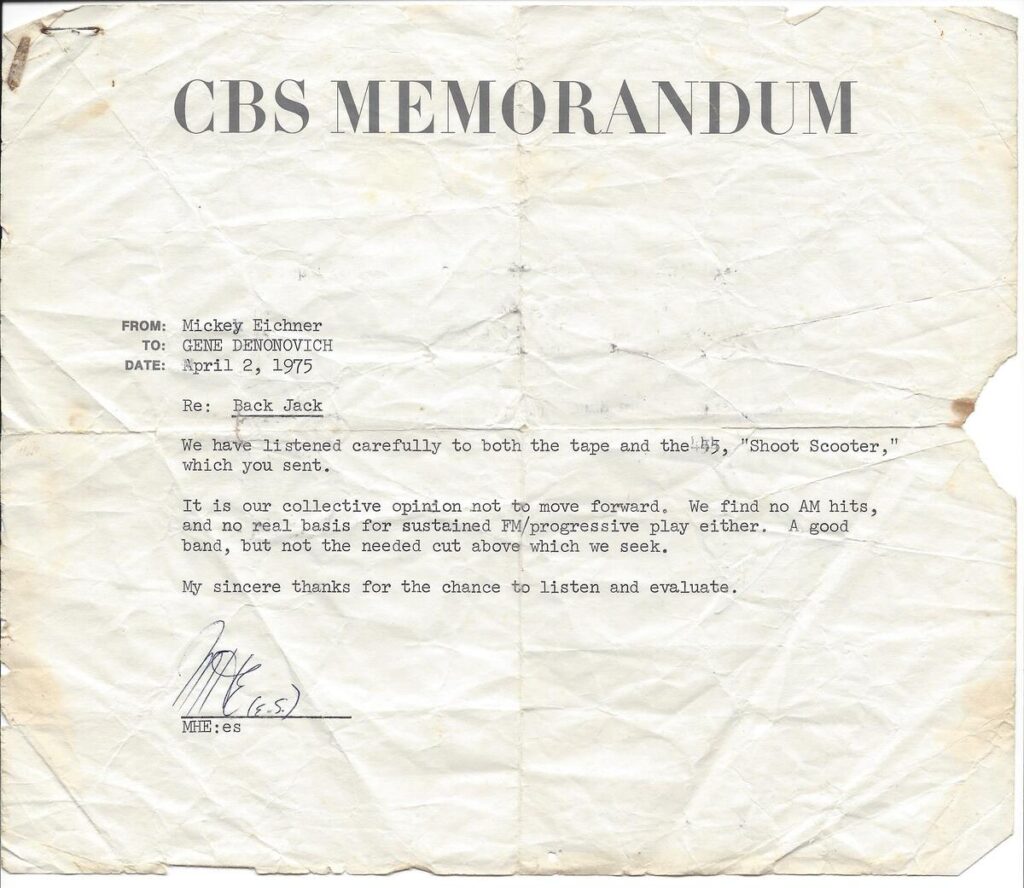
The rejection letter came just a few days before the KSHE Kite Fly gig. I don’t ever remember being told about it at the time. I didn’t become aware of it until a few years ago when I was at Mike Proctor’s house and we were digging through his boxes and found the letter. He remembers it, but I sure didn’t.
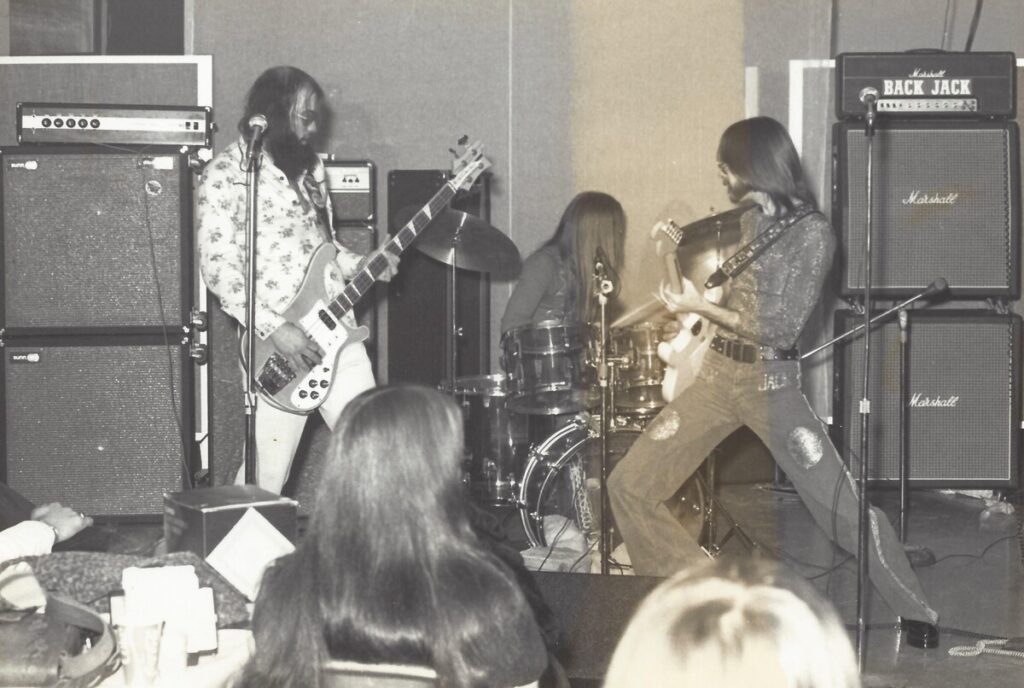
Now, I look at the rejection this way: I feel fortunate to have had the opportunity to be rejected by one of the biggest record companies in the world. I feel safe in saying that not many up-and-coming bands/artists have that chance.
Klemen Breznikar
Headline photo: Kim McKinney, Hans Myers, Mike Collier | Photo courtesy of Mike Proctor
Permanent Records Official Website / Facebook / Instagram / Twitter / Bandcamp
RidingEasy Records Official Website / Facebook / Instagram / Twitter / Bandcamp / Tik Tok / YouTube

